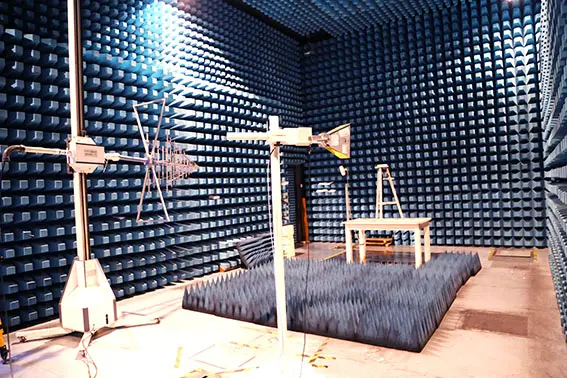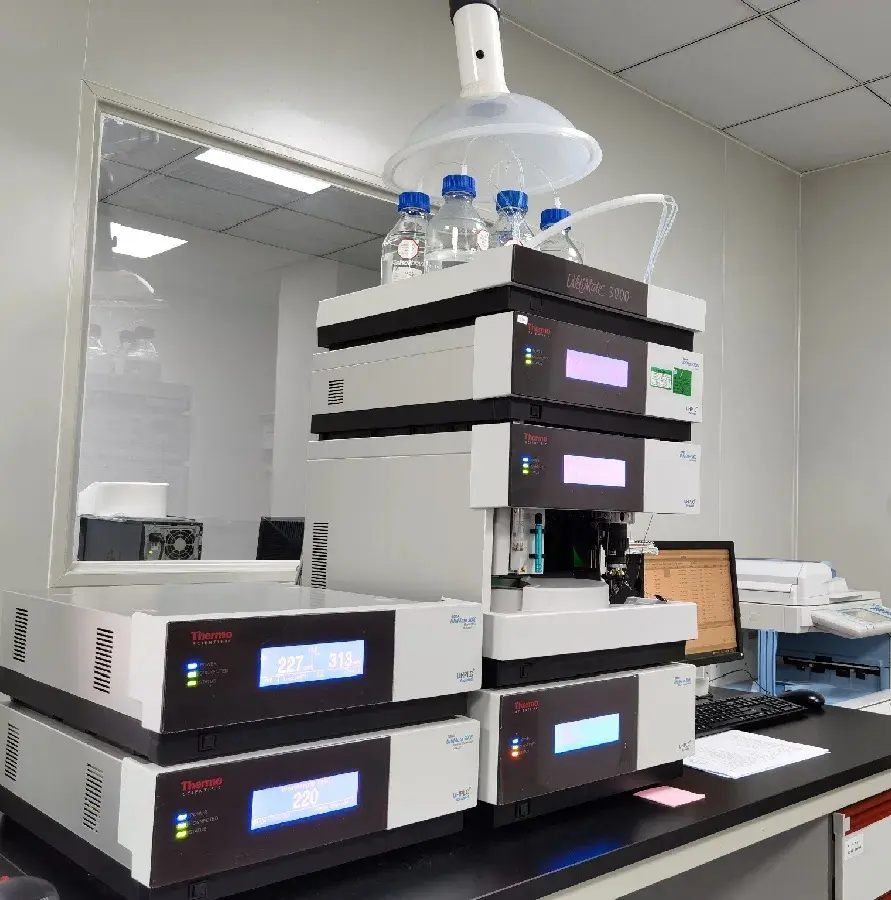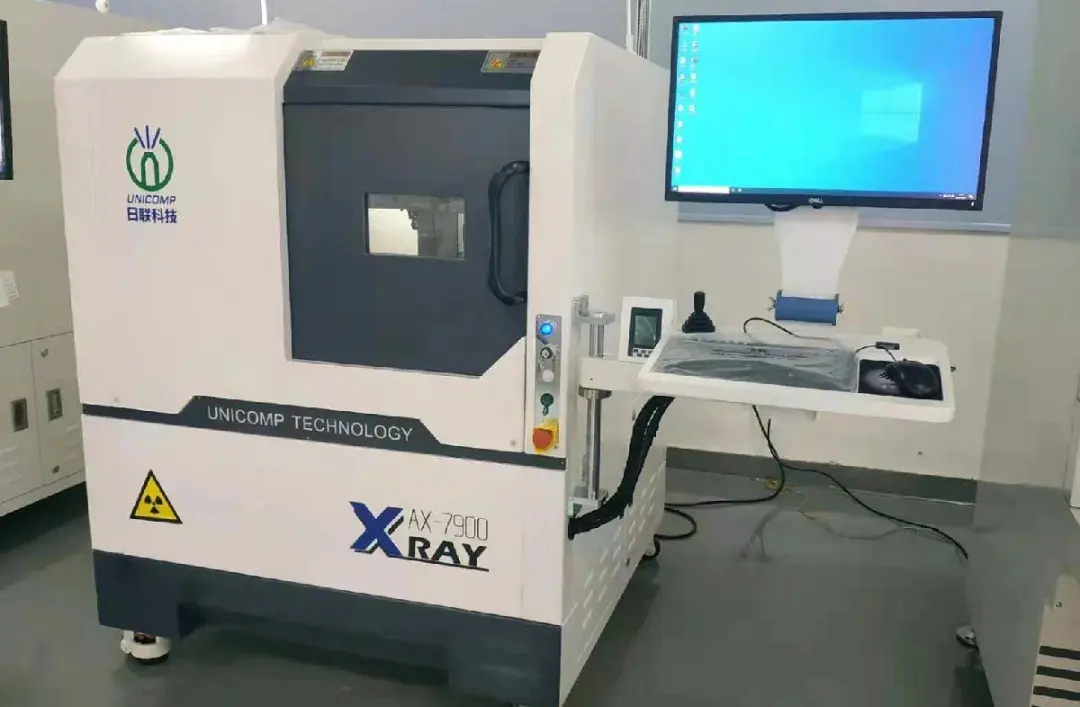
What is Low Voltage Directive Testing?
LVD (Low Voltage Directive) testing is a process to verify whether a product complies with CE standards set by the European Union. It ensures the safety of electrical and electronic products with input or output voltages within certain ranges, benefiting from the single market. The directive comprises 11 safety objectives and addresses all risks associated with electrical equipment, including electrical, mechanical, and chemical hazards. It also covers health risks related to noise, vibration, and ergonomic factors. Enacted by the European Commission on April 20, 2016, it is applicable across all EU member states.

Scope of the Low Voltage Directive
Generally, the Low Voltage Directive applies to equipment that can be plugged into power outlets and their power units. Therefore, it covers consumer electronics and AC adapters. The LVD focuses on health and safety risks of electrical equipment, including input or output voltages:
- 50V to 1000V AC
- 75V to 1500V DC
Electrical Equipment Covered by LVD
The LVD applies to a wide range of electrical equipment for consumer and professional use, including:
- Household appliances
- Lighting equipment
- Cables
- Charging power supplies
- Laser equipment
- Critical components
- Electronic toys
If you have any LVD testing requirements, feel free to contact us. We look forward to being your long-term product safety partner in China, providing testing solutions to ensure your products enter the EU market smoothly.
Common Electrical Safety Tests
Although often referred to as electrical safety tests, the actual assessment goes far beyond a product’s electrical properties and includes:
- Electric shock hazard tests
- Energy-related risk tests
- Fire hazard tests
- Heat-related risk tests
- Mechanical risk tests
- Radiation tests
- Chemical hazard tests
- Abnormal operation tests (e.g., equipment failure or malfunction)
LVD Testing Product Standards
- EN 60601-1 / EN 61010: Industrial, medical, and scientific products
- EN 60065 / UL 6500 / UL1492 / CSA C22.2 M1: Broadcasting products
- EN 60335-1 / CNS3765 / CNS3766: Household appliances
- EN 60598 / UL 153 / 1571 / CSA C22.2 No.9/12: Lighting equipment
- EN 60950 / UL 1950 / CSA22.2-950: IT products
- EN/IEC 61558: Power transformers
- EN/IEC 61029: Power tools
- EN 61347: Lighting control gear
- EN 292: Machinery safety concepts
- EN 60034: Industrial motors
- EN 60432: Light bulbs
- EN 60730: Household automatic controls
- EN 62094: Signal lights
- EN 12157: Water pumps
- EN 71: Toys
- EN ISO 12100, EN 60204: Machinery products
- UL 1026: Cooking and food-processing appliances
- UL 1082: Coffee makers and kettles
- UL 1083: Griddles and fryers
- UL 982: Food-processing motors
- UL 499: Heating appliances
- UL 1647: Massage and fitness products
- UL 153: General lighting fixtures
- UL 507: Electric fans
- UL 1310: Class II power supplies
- UL 1585: Class II and III transformers
- UL 1411: Audio/video transformers
- UL 1778: Uninterruptible power supplies (UPS)
- UL 1993: Energy-saving lamps
Required Documents for LVD Compliance Testing
1. Application form (to be filled out in English)
2. Product exploded view
3. Corresponding materials list (must be in English) and circuit diagram (with component numbers labeled)
4. English user manual and nameplate
5. Model differentiation (explanation of differences between multiple models), key components list (CDF form), and relevant VDE certificates
6. UL certification for plastic materials (UL yellow card)
7. Printed circuit board (PCB) copper foil layout and component layout diagrams
8. Specifications for transformers and motors
Email:hello@jjrlab.com
Write your message here and send it to us
 Packaging Validation ISO 11607 Test Report
Packaging Validation ISO 11607 Test Report
 What is the ISO 11607-1 Packaging Validation Test?
What is the ISO 11607-1 Packaging Validation Test?
 How to get an ISO 11737-1 Test Report?
How to get an ISO 11737-1 Test Report?
 Orthopedic Implant Cleanliness Testing
Orthopedic Implant Cleanliness Testing
 What is ISO 10993-23:2021 Irritation Testing?
What is ISO 10993-23:2021 Irritation Testing?
 ISO 10993-23 Irritation Testing Laboratory
ISO 10993-23 Irritation Testing Laboratory
 EMI Emissions Testing
EMI Emissions Testing
 EMC Standards for Medical Devices
EMC Standards for Medical Devices
Leave us a message
24-hour online customer service at any time to respond, so that you worry!




